I recently returned from visiting Glacier National Park. It was beautiful, despite the smoke from the wildfires in the air. Even though I grew up in Montana, this was only my third visit to the park. What can I say, Montana is a big state and I live in Georgia now. Glacier Park was designated a national park in 1910. Back then there were about 150 glaciers in the park. By 1968 there were around 50, and today there are 26 glaciers. Scientists predict that at the current rate of warming, all of the glaciers could be gone by the year 2020. This is a place you want to add to your bucket list.
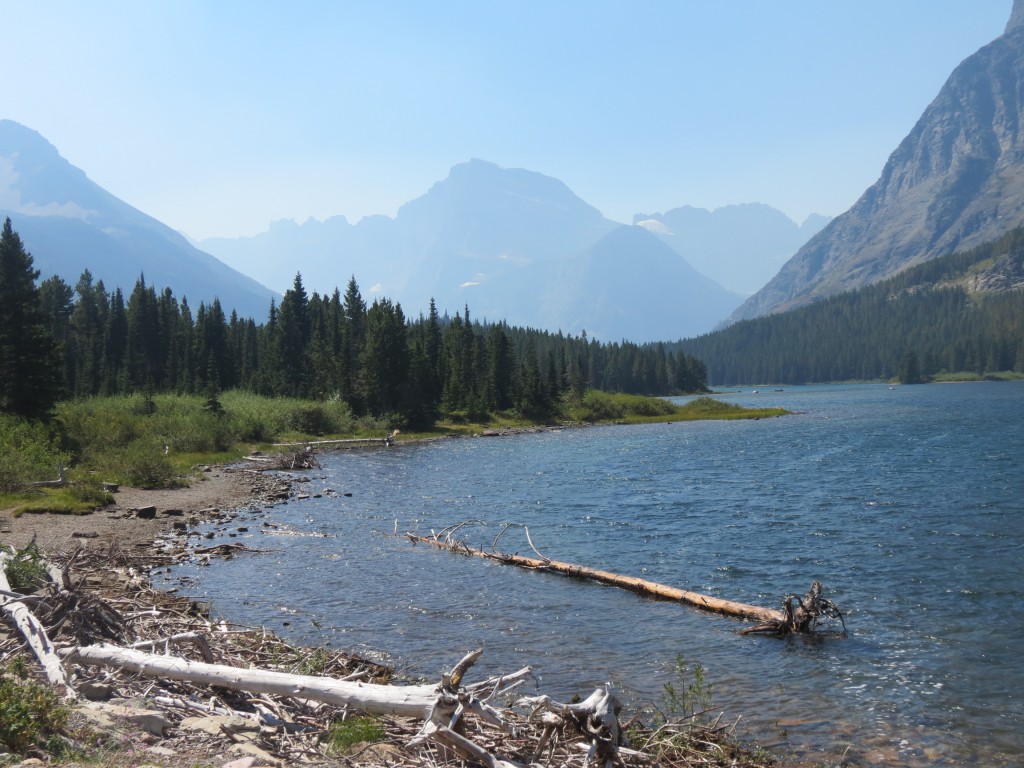
Glacier Park (Photo by Pamela Turner, 2015) 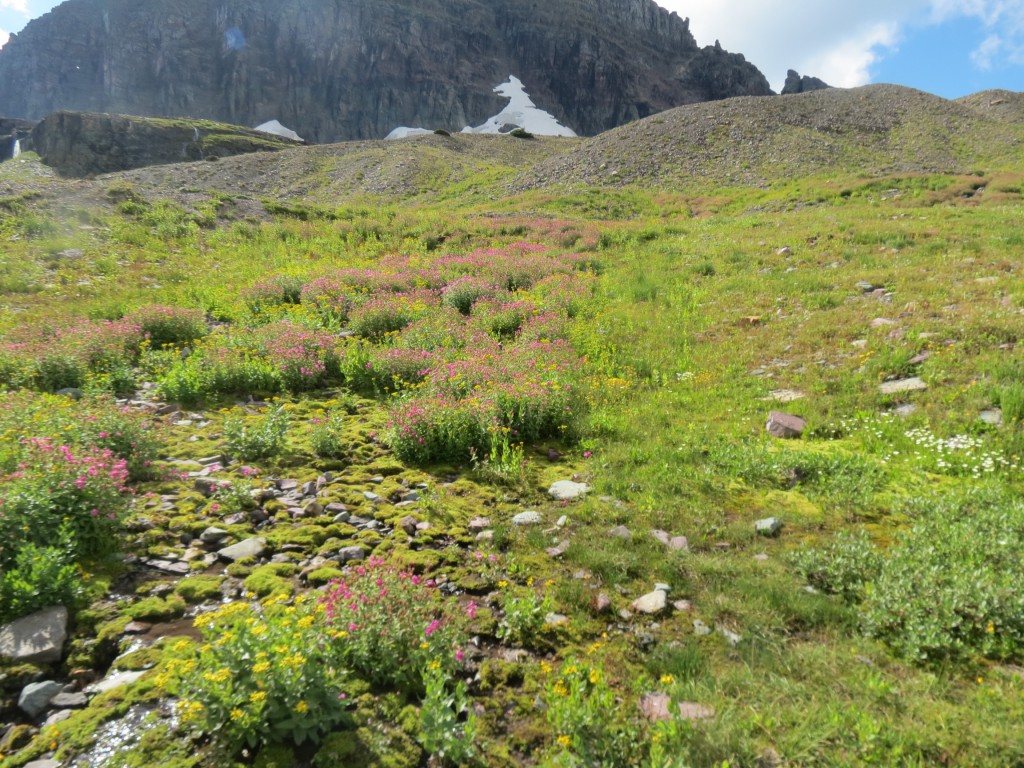
Logan’s Pass (Photo by Pamela Turner, 2015) 
Trail to Hidden Lake (Photo by Pamela Turner, 2015) 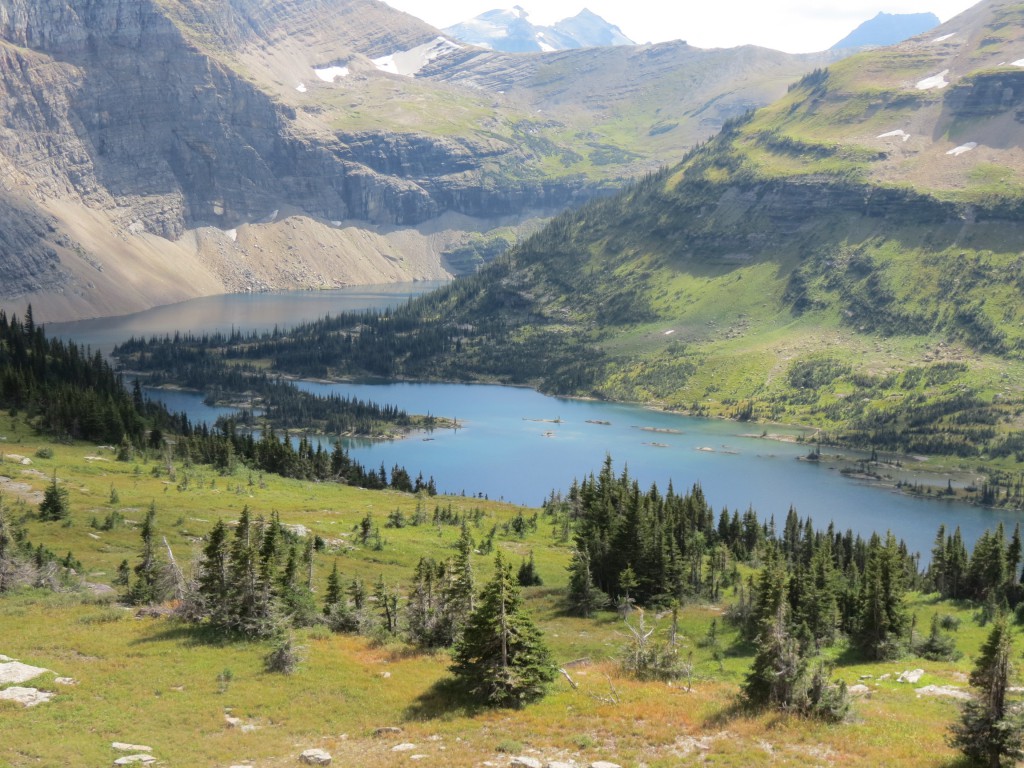
Hidden Lake (Photo by Pamela Turner, 2015) 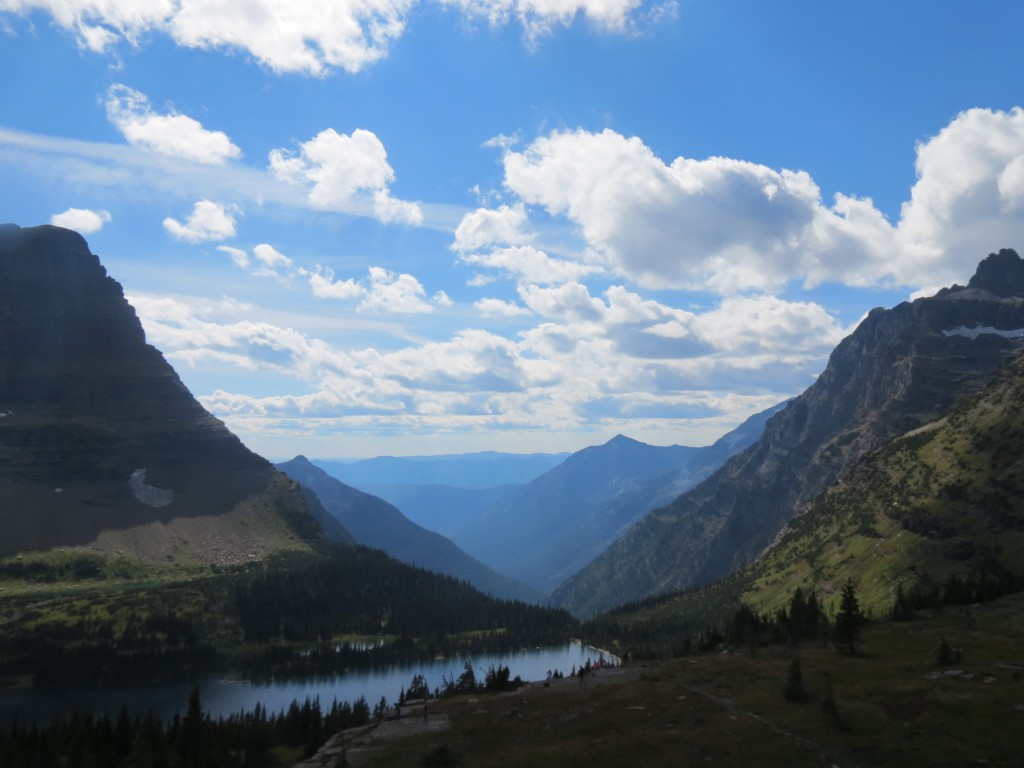
Hidden Lake (Photo by Pamela Turner, 2015) 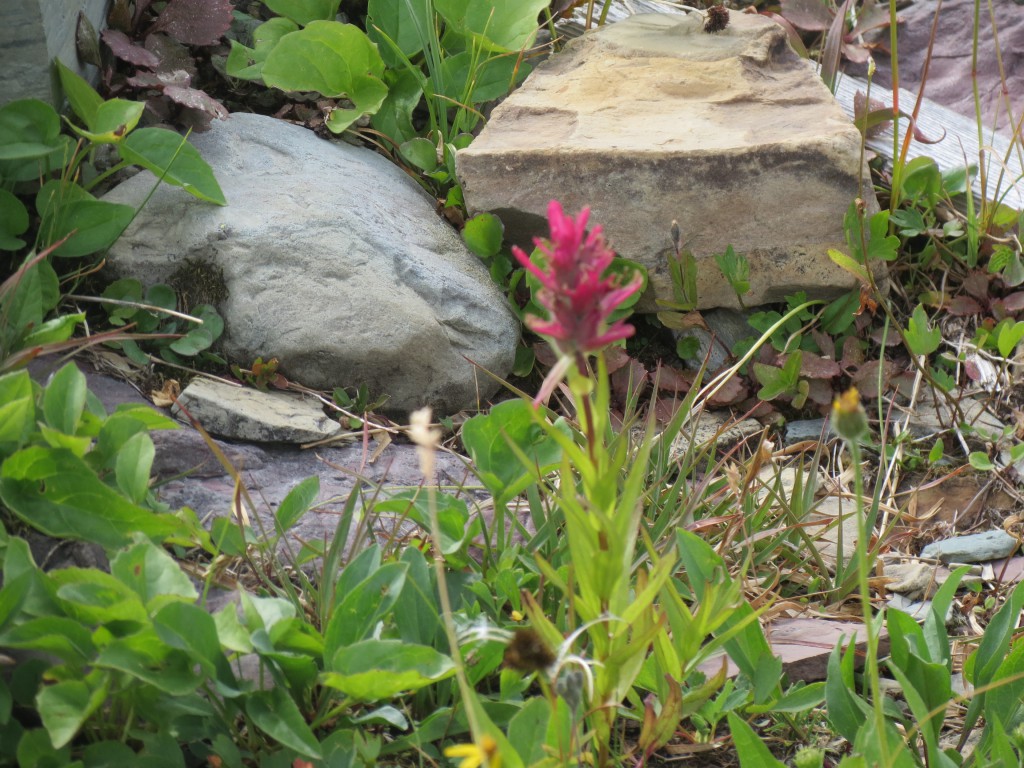
Castilleja, commonly known as Indian paintbrush (Photo by Pamela Turner, 2015) 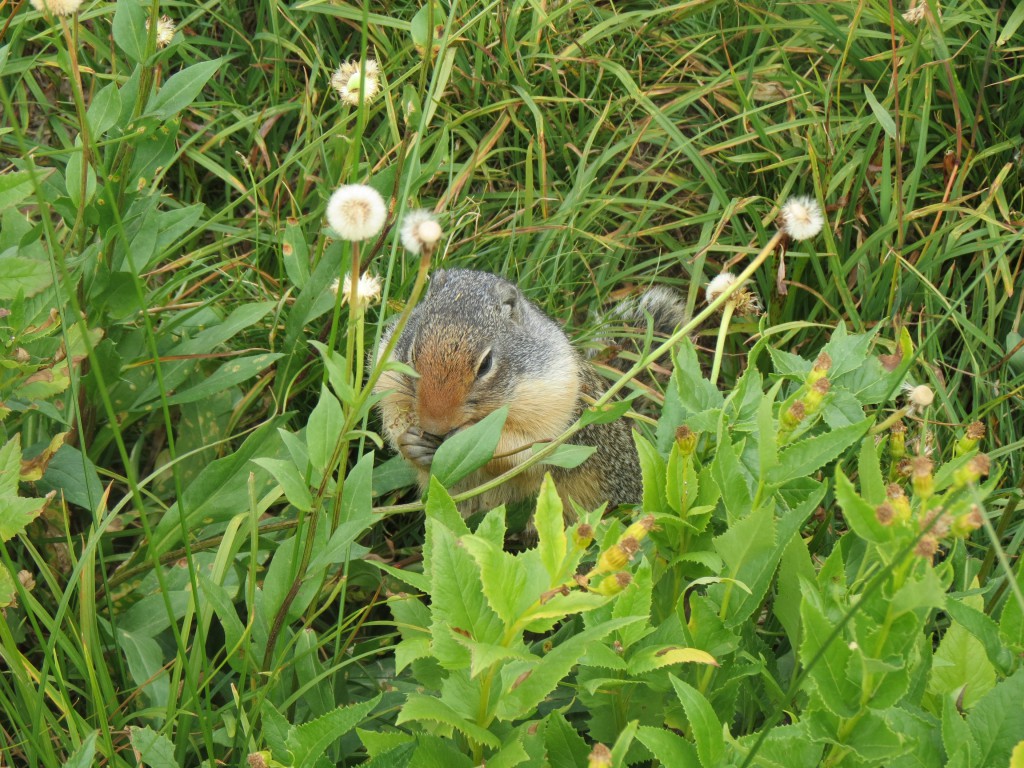
Ground Squirrel (Photo by Pamela Turner, 2015) 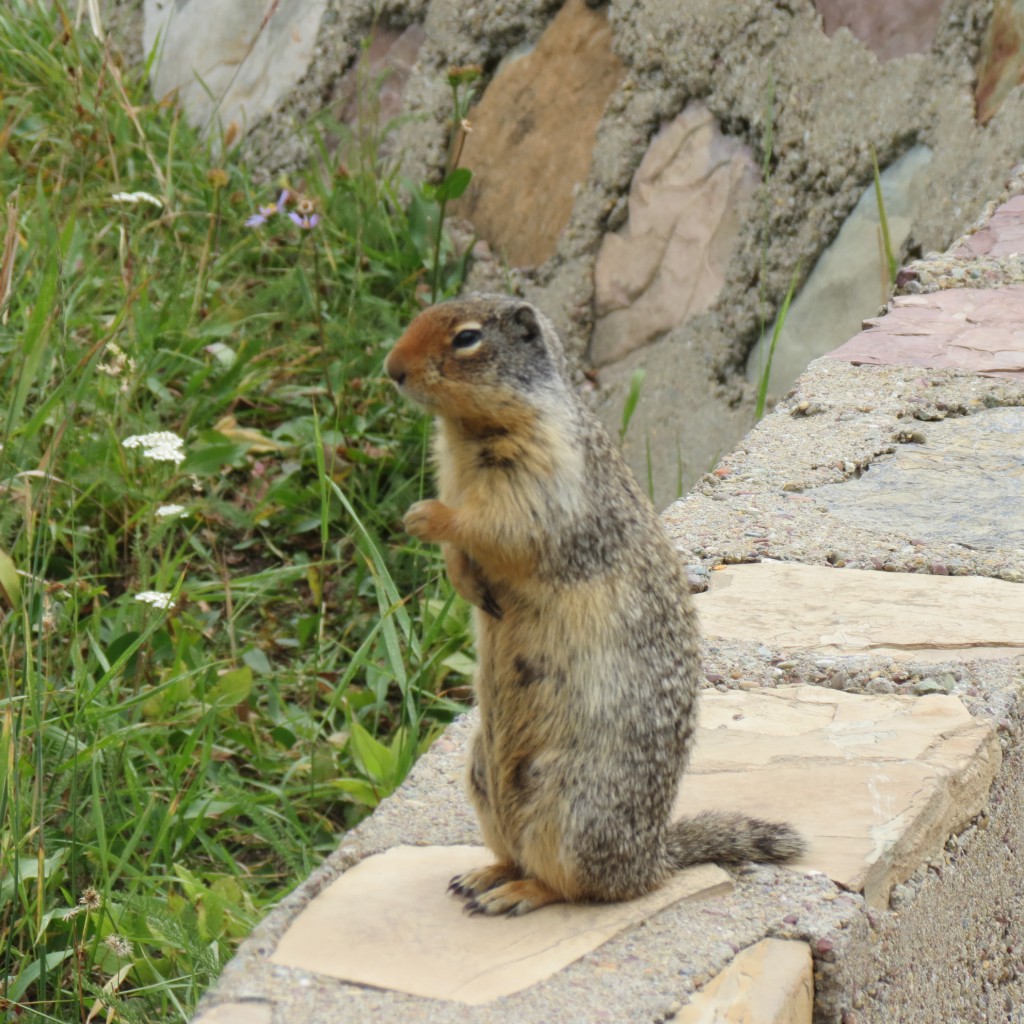
Ground Squirrel (Photo by Pamela Turner, 2015) 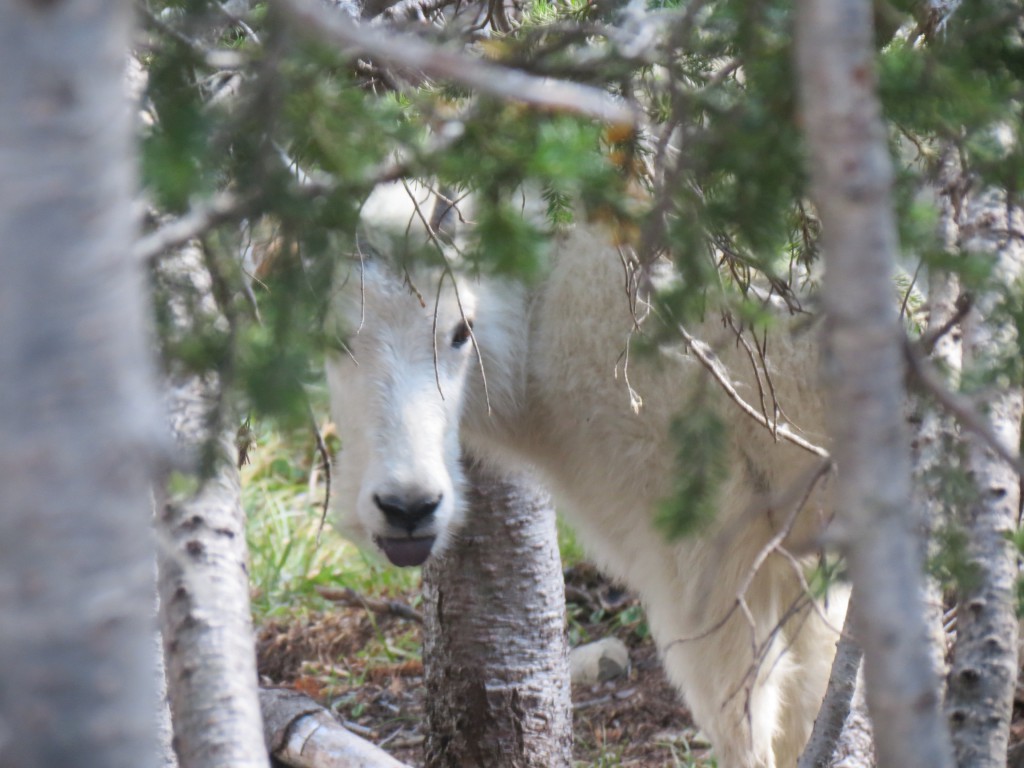
Mountain Goat at Logan’s Pass (Photo by Pamela Turner, 2015) 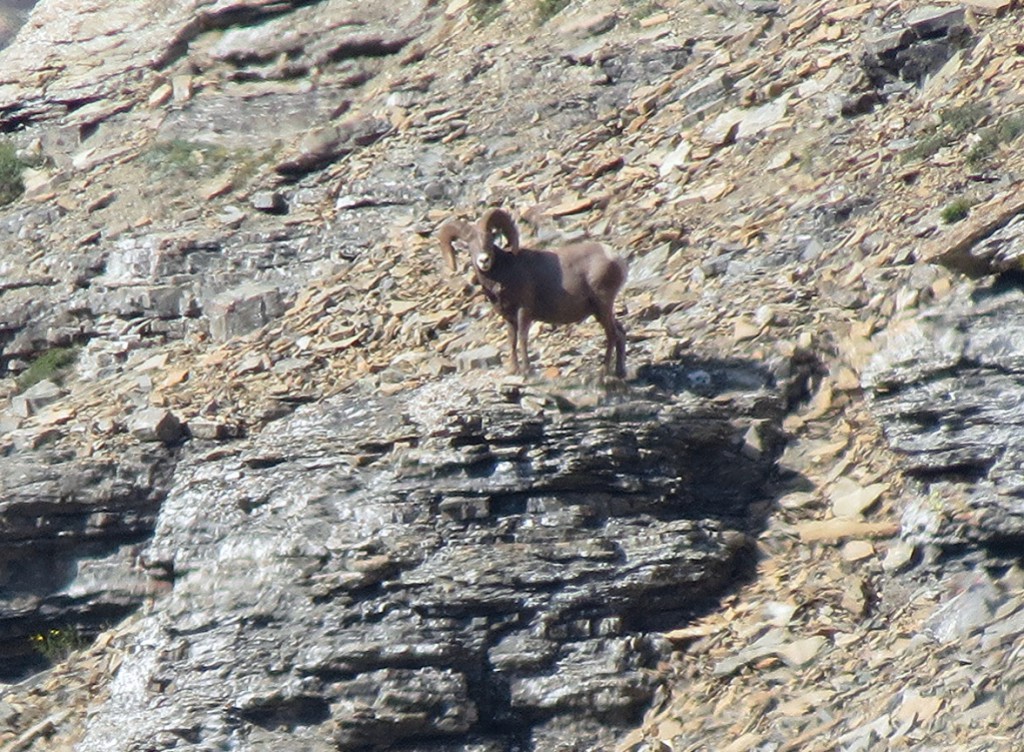
Bighorn Sheep at Logan’s Pass (Photo by Pamela Turner, 2015) 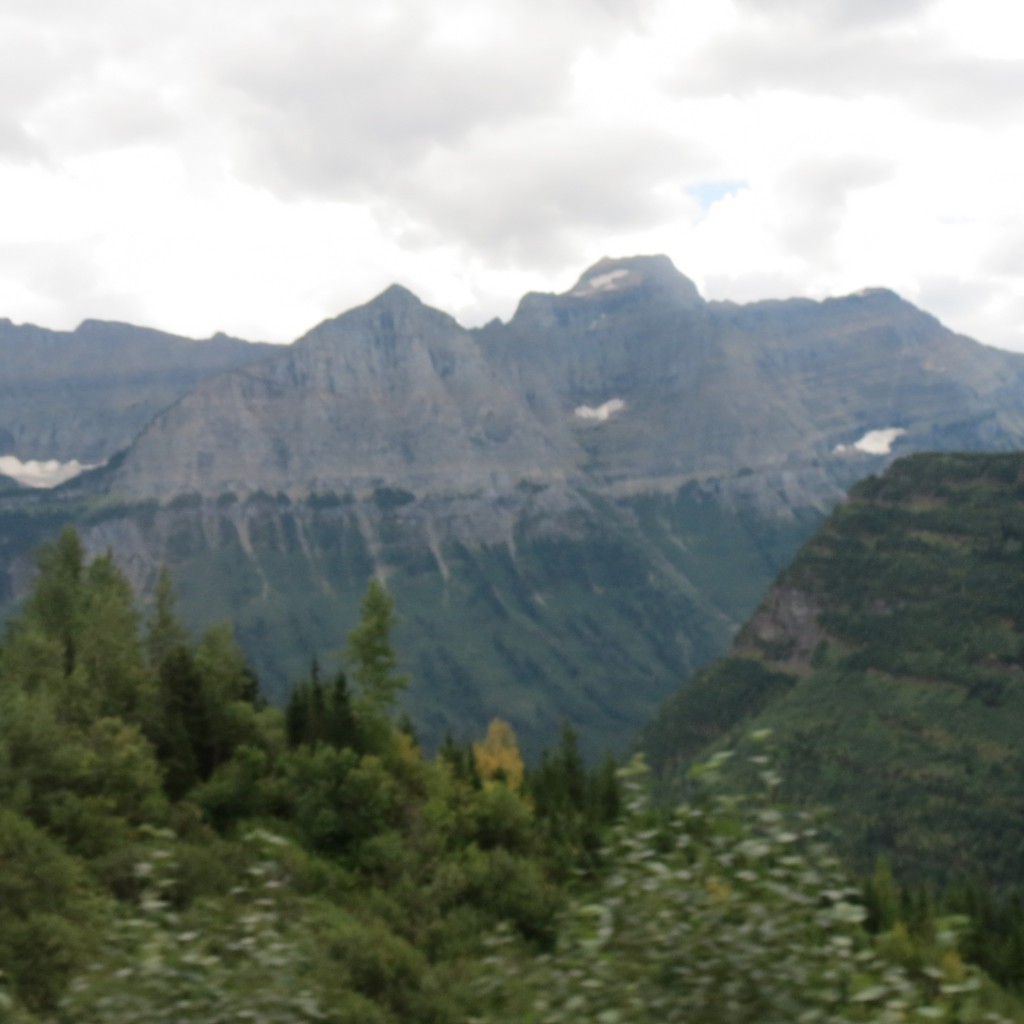
Haze was caused by nearby wildfires (Photo by Pamela Turner, 2015) 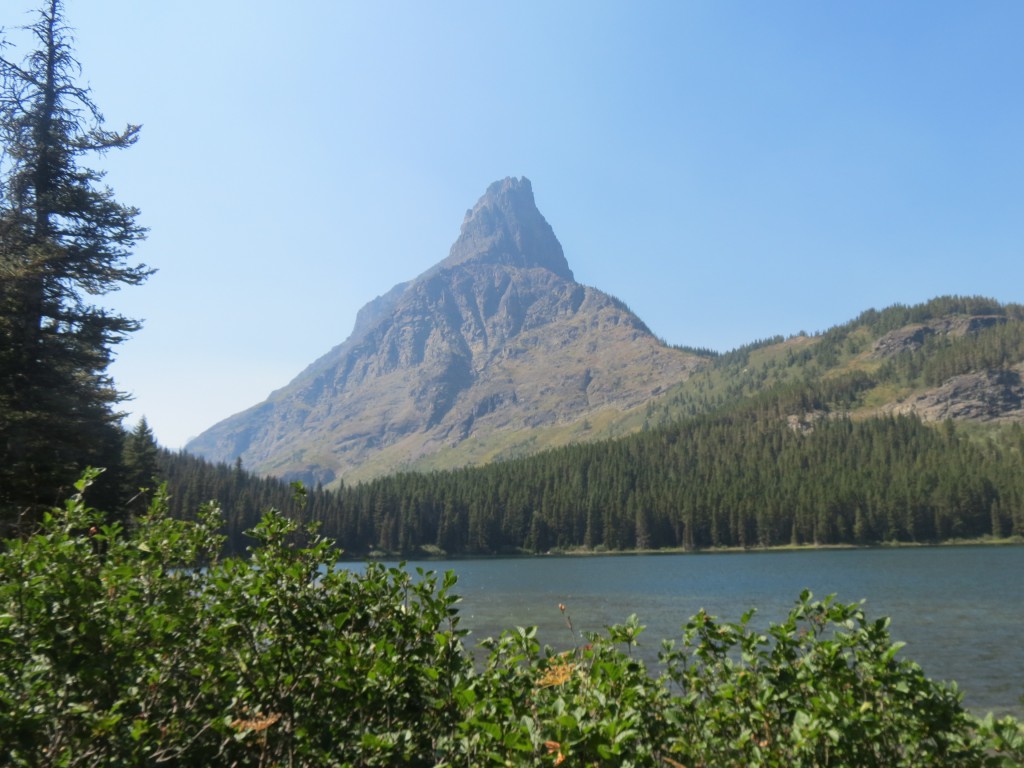
Glacier Park (Photo by Pamela Turner, 2015)
A few years ago I visited Yellowstone National Park for just the third time in my life and made my first visit to the Grand Teton National Park. They are both in Wyoming, which is next door to Montana. These places are well worth your time to visit. Yellowstone Park has the world’s greatest concentration of Geysers. In 1872 it became America’s first national park. The Grand Teton National Park was designated in 1929 and expanded in 1950 to become the present-day park.

Grand Tetons (Photo by Pamela Turner, 2012) 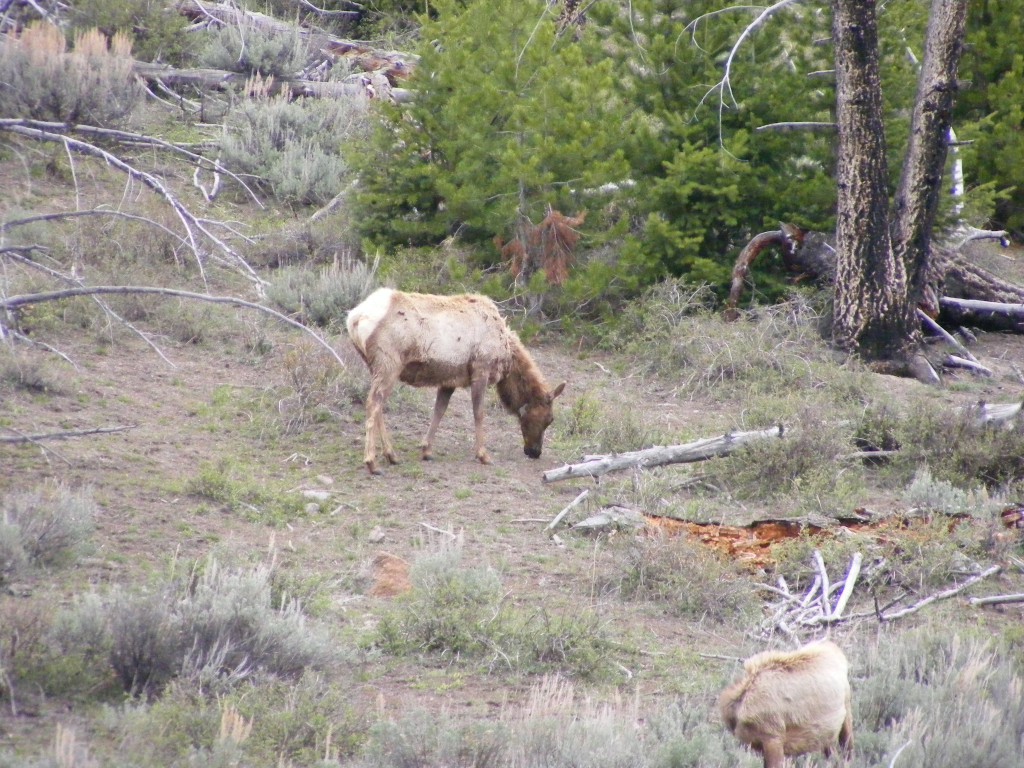
Yellowstone National Park (Photo by Pamela Turner, 2012) 
Yellowstone National Park (Photo by Pamela Turner, 2012) 
Old Faithful, Yellowstone National Park (Photo by Pamela Turner, 2012) 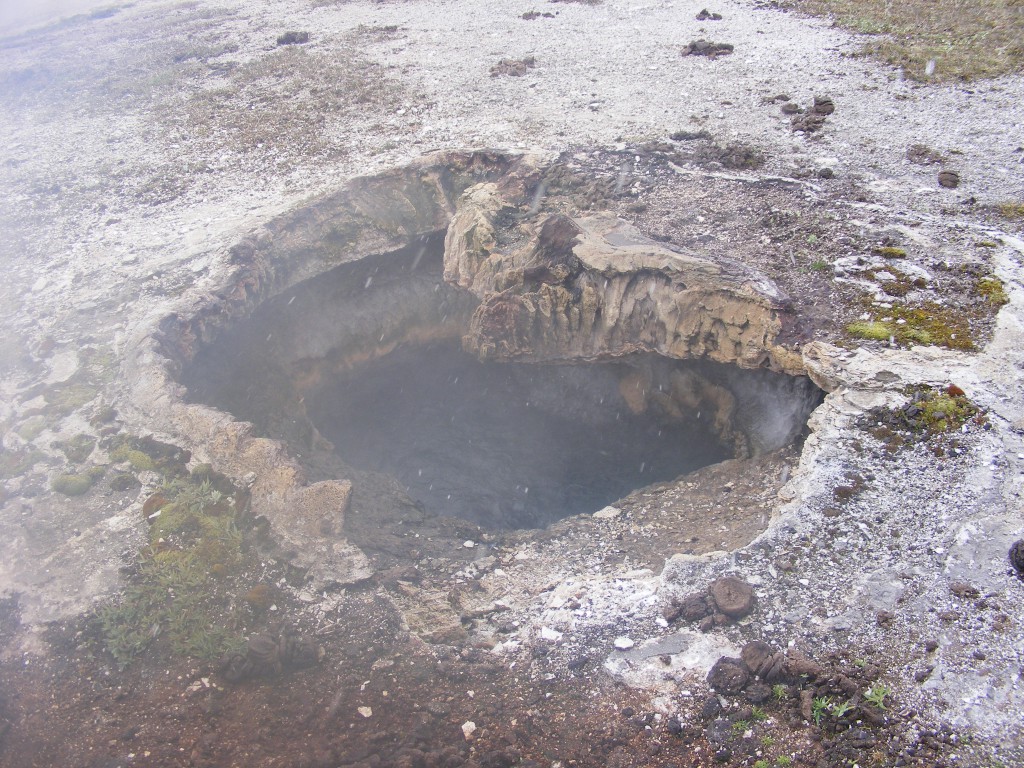
ellowstone National Park (Photo by Pamela Turner, 2012) 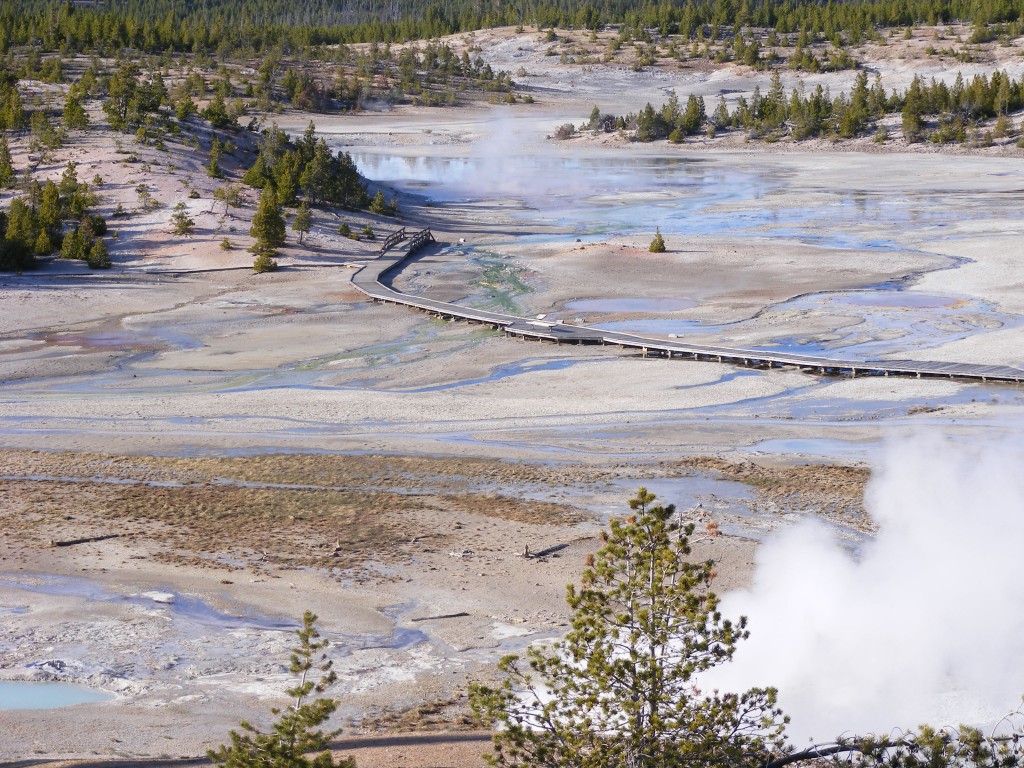
Yellowstone National Park (Photo by Pamela Turner, 2012) 
rand Teton National Park (Photo by Pamela Turner, 2012) 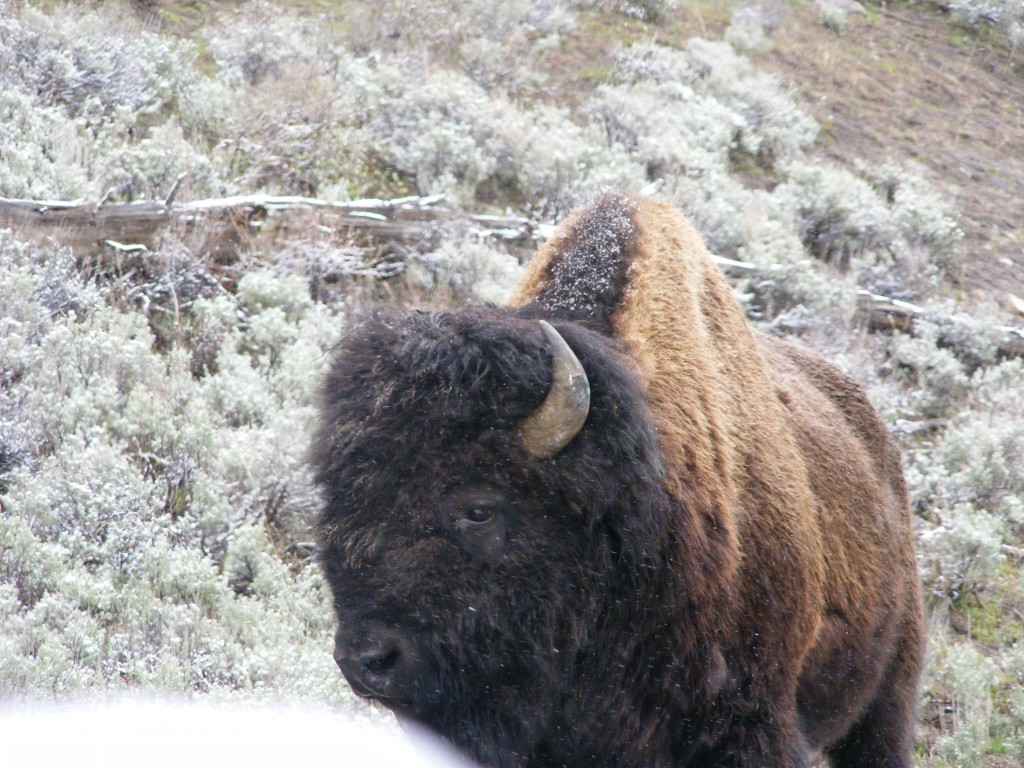
Snow on the Bison in early May (Photo by Pamela Turner, 2012) 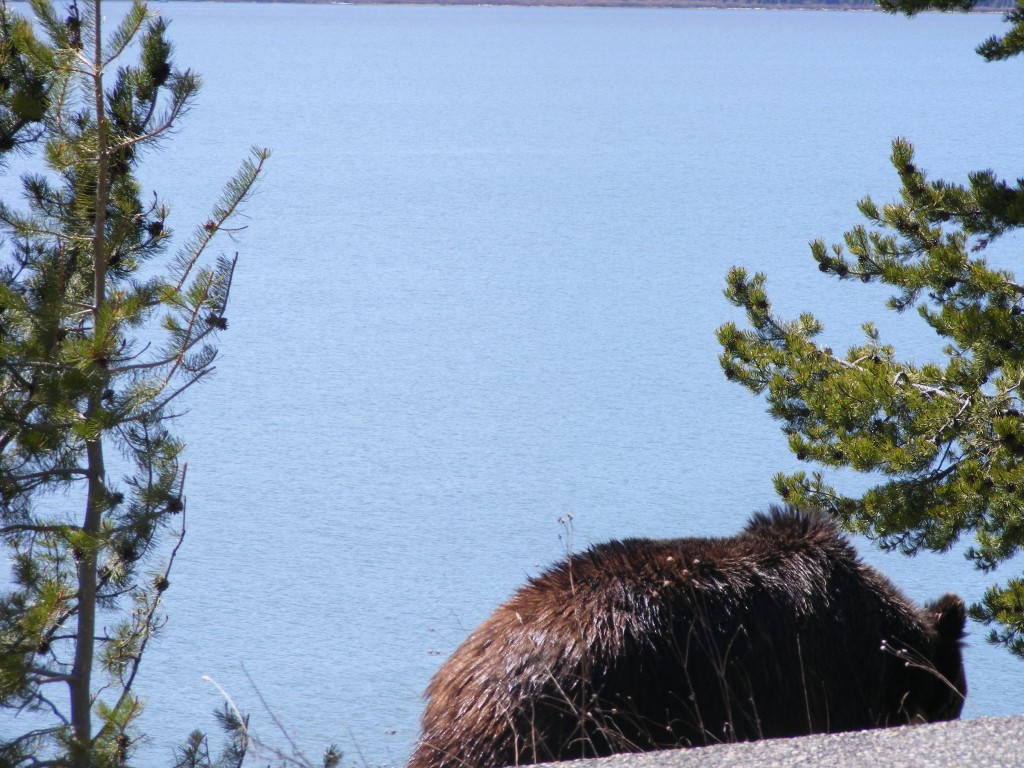
Closest I got to a bear, Glacier Park (Photo by Pamela Turner, 2012) 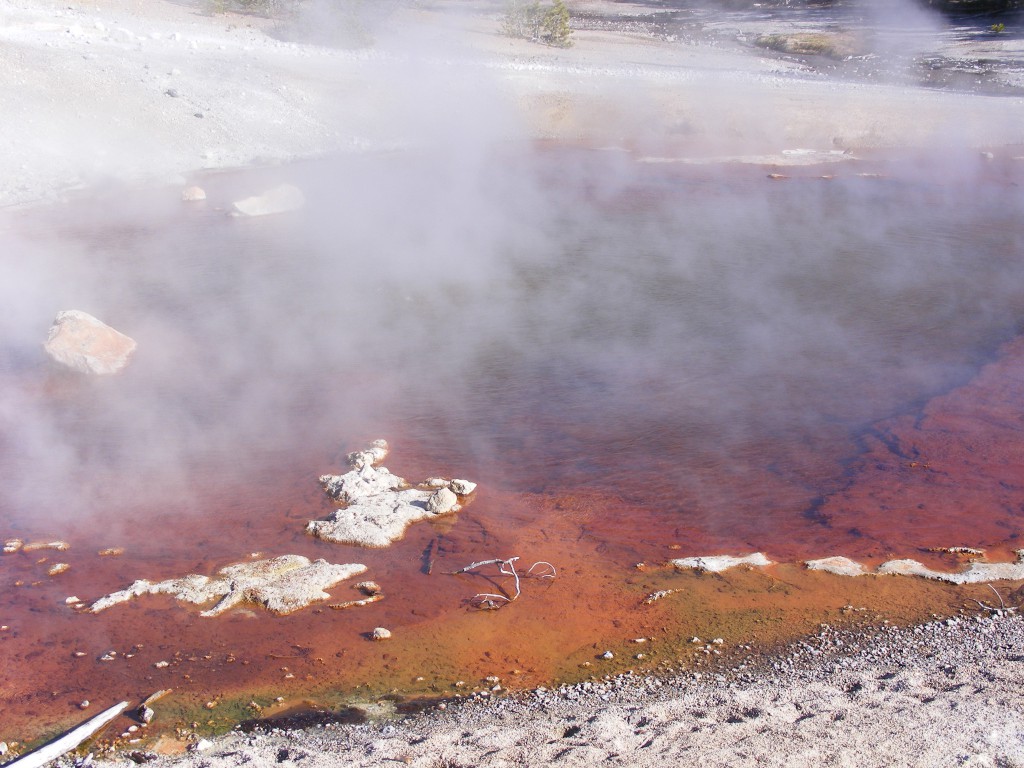
Yellowstone National Park (Photo by Pamela Turner, 2012) 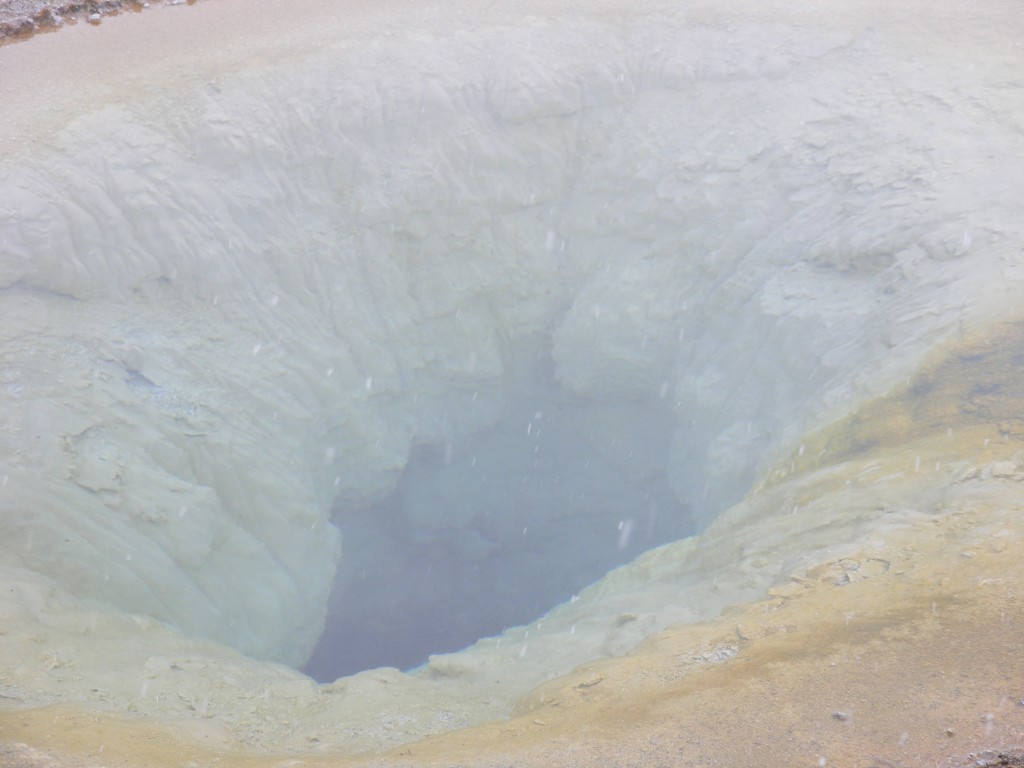
Yellowstone National Park (Photo by Pamela Turner, 2012)
The U.S. is focusing on encouraging people to visit these amazing treasures and spend time outdoors communing with nature. Over 80% of families live in urban areas where they may not have access to safe outdoor spaces. Also, studies indicate that youth spend significantly less time outdoors than they did in the past. A recent global survey by the Nature Conservancy found that by the time a U.S. teen turns 16 he/she is spending less than 7 hours a week in nature. In Hong Kong youth spent as little as 1.8 hours per week in nature. In an effort to provide more outdoor opportunities for youth, during the 2015-16 school year, every fourth grader can get an annual pass that provides free entry to all federally managed lands and waters, for the fourth grader and three accompanying adults (or an entire car for drive-in parks). To learn more check out Every Kid in a Park Initiative. The hope is that by introducing fourth graders to public lands in their backyards and beyond, they will develop a lifelong connection to the nation’s land, water and wildlife. Studies indicate that concern for the environment starts at an early age, so this opportunity provides a great start.
Find a bit of nature to explore this weekend. It may be right around the corner from where you live or on the other side of the country. Encourage youth to get involved in activities like 4-H. Georgia offers a great 4-H program and there are several opportunities for Environmental Education at Georgia 4-H Centers.
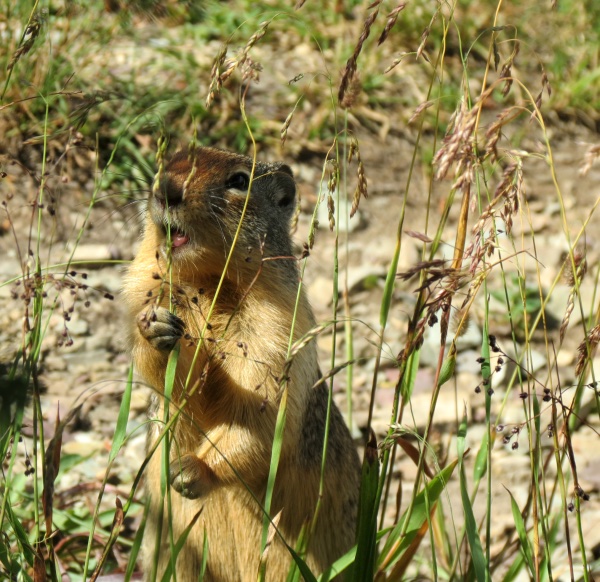
HAVE FUN!
Other References & Resources:
Helping young children eat healthy and be active, a blog by Dr. Diane Bales provides fun activities for young children.
Juster, F.T., Ono, H., & Stafford, F.P. (Nov. 2004). Changing Times of American Youth: 1981-2003, Institute for Social Research, University of Michigan, Child Development Supplement.
Nature Rocks: A Global Program Inspiring Families to Explore Nature
Wells, N.M. & Lekies, K.S. (2006). Nature and the Life Course: Pathways from Childhood Nature Experiences to Adult Environmentalism, 16(1), Children, Youth and Environments.
Leave a Reply